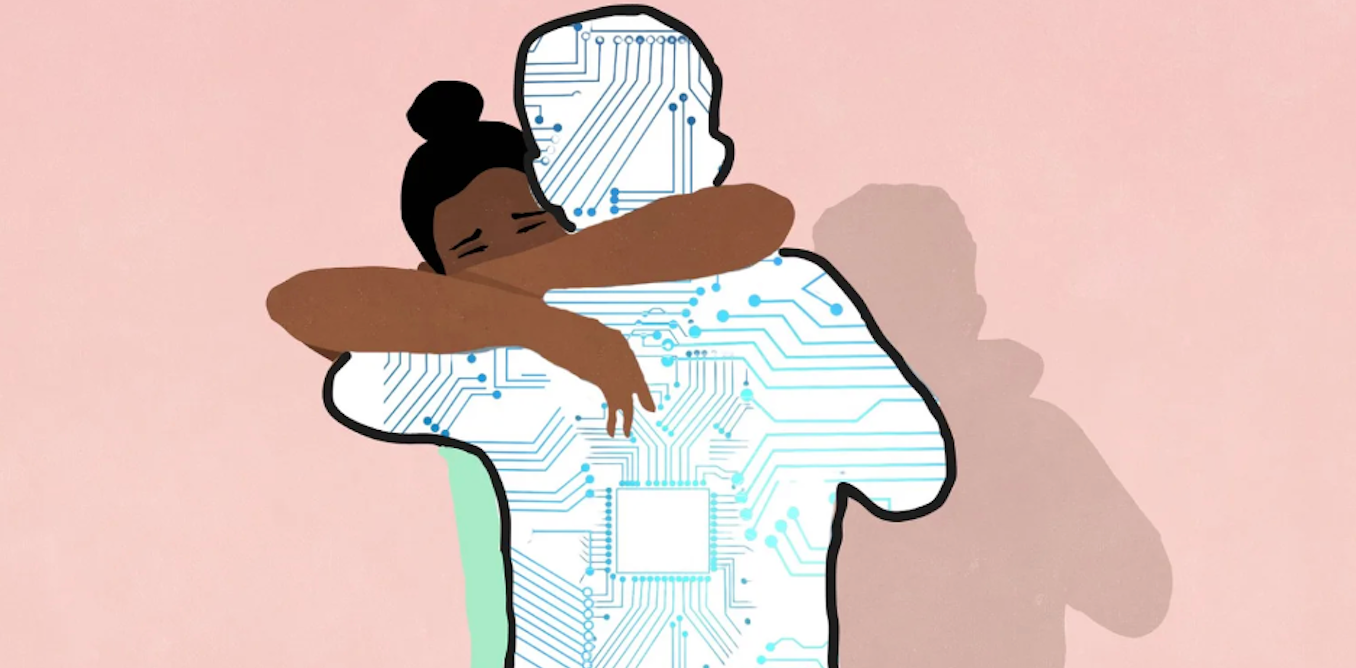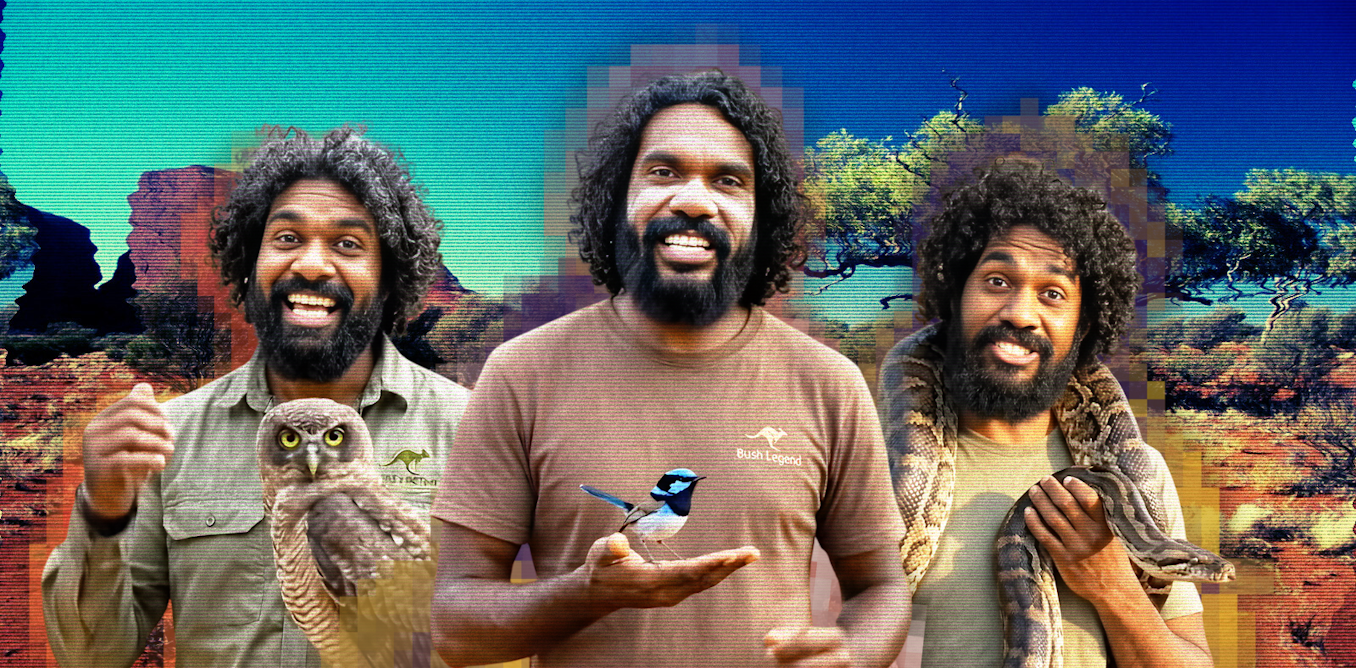In a world where artificial intelligence is rapidly shaping the future, California has found itself at a critical juncture. The US state’s governor, Gavin Newsom, recently blocked a key AI safety bill aimed at tightening regulations on generative AI development.
The Safe and Secure Innovation for Frontier Artificial Intelligence Models Act (SB 1047) was seen by many as a necessary safeguard on the technology’s development. Generative AI covers systems that produce new content in text, video, images and music – often in response to questions, or “prompts”, by a user.
But Newsom said the bill risked “curtailing the very innovation
that fuels advancement in favour of the public good”. While agreeing the public needs to be protected from threats posed by the technology, he argued that SB 1047 was not “the best approach”.
What happens in California is so important because it is the home of Silicon Valley. Of the world’s top 50 AI companies, 32 are currently headquartered within the state. California’s legislature therefore has a unique role in efforts to ensure the safety of AI-based technology.
But Newsom’s decision also reflects a deeper question: can innovation and safety truly coexist, or do we have to sacrifice one to advance the other?
California’s tech industry contributes billions of dollars to the state’s economy and generates thousands of jobs. Newsom, along with prominent tech investors such as Marc Andreessen, believes too many regulations could slow down AI’s growth. Andreessen praised the veto, saying it supports “economic growth and freedom” over excessive caution.
However, rapidly advancing AI technologies could bring serious risks, from spreading disinformation to enabling sophisticated cyberattacks that could harm society.
One of the significant challenges is understanding just how powerful today’s AI systems have become.
Generative AI models, like OpenAI’s GPT-4, are capable of complex reasoning and can produce human-like text. AI can also create incredibly realistic fake images and videos, known as deepfakes, which have the potential to undermine trust in the media and disrupt elections. For example, deepfake videos of public figures could be used to spread disinformation, leading to confusion and mistrust.
AI-generated misinformation could also be used to manipulate financial markets or incite social unrest. The unsettling part is that no one knows exactly what’s coming next. These technologies open doors for innovation – but without proper regulation, AI tools could be misused in ways that are difficult to predict or control.
Sheila Fitzgerald / Shutterstock
Traditional methods of testing and regulating software fall short when it comes to generative AI tools that can create artificial images or video. These systems evolve in ways that even their creators can’t fully anticipate, especially after being trained on vast amounts of data from interactions with millions of people, such as ChatGPT.
SB 1047 sought to address this concern by requiring companies to implement “kill switches” in their AI software that can deactivate the technology in the even of a problem. The law would also have required them to create detailed safety plans for any AI project with a budget over US$100 million (£77.2m).
Critics said the bill was too broad, meaning it could affect even lower-risk projects. But its main goal was to set up basic protections in an industry that’s arguably moving faster than lawmakers can keep up with.
California as a global leader
What California decides could affect the world. As a global tech leader, the state’s approach to regulating AI could set a standard for other countries, as it has done in the past. For example, California’s leadership in setting stringent vehicle emissions standards through the California Consumer Privacy Act (CCPA), and its early regulation of self-driving cars, have influenced other states and countries to adopt similar measures.
But by vetoing SB 1047, California may have sent a message that it’s not ready to lead the way in AI regulation. This could leave room for other countries to step in – countries that may not care as much as the US about ethics and public safety.
Tesla’s CEO, Elon Musk, had cautiously supported the bill, acknowledging that while it was a “tough call”, it was probably a good idea. His stance shows that even tech insiders recognise the risks AI poses. This might be a sign the industry is ready to work with policymakers on how best to regulate this new breed of technology.
The notion that regulation automatically stifles innovation is misleading. Effective laws can create a framework that not only protects people, but allows AI to grow sustainably. For example, regulations can help ensure that AI systems are developed responsibly, with considerations for privacy, fairness and transparency. This can build public trust, which is essential for the widespread adoption of AI technologies.
The future of AI doesn’t have to be a choice between innovation and safety. By implementing reasonable safeguards, we can unlock the full potential of AI while keeping society safe. Public engagement is crucial in this process. People need to be informed about AI’s capabilities and risks to participate in shaping policies that reflect society’s values.
The stakes are high and AI is advancing rapidly. It’s time for proactive action to ensure we reap the benefits of AI without compromising our safety. But California’s killing of the AI bill also raises a wider question on the increasing power and influence of tech companies, given they raised objections that subsequently led to its veto.

The post “California’s governor blocked landmark AI safety laws. Here’s why it’s such a key ruling for the future of AI worldwide” by Irfan Mehmood, Associate Professor in Business Analytics and AI, University of Bradford was published on 10/23/2024 by theconversation.com














-2.png)







